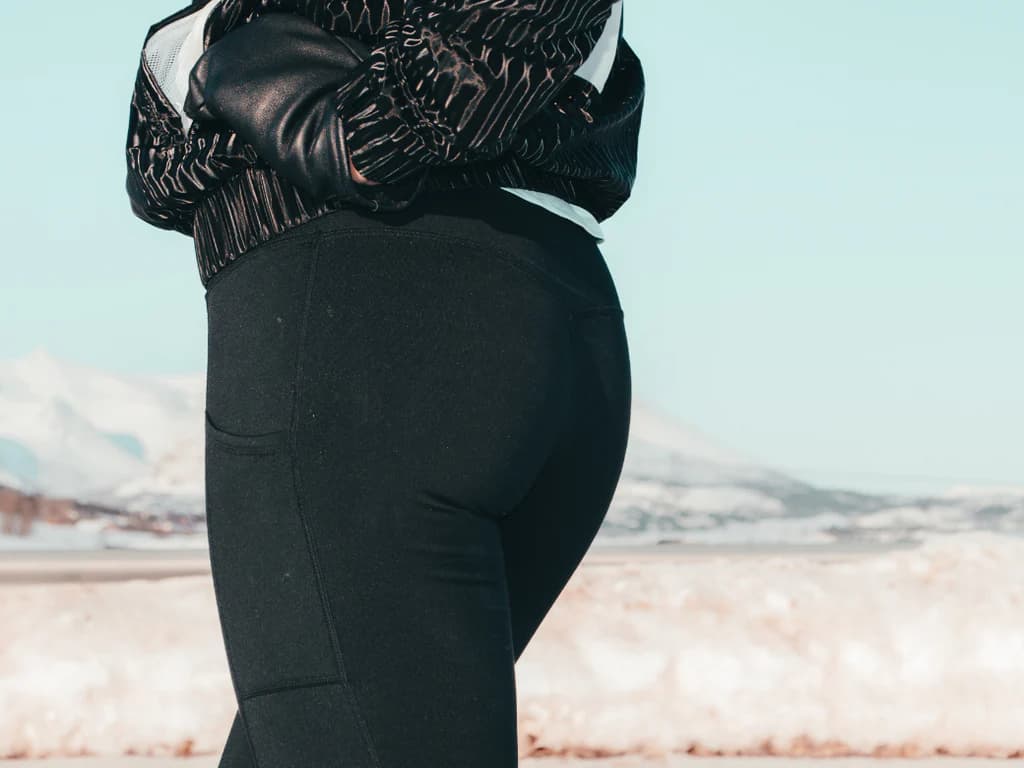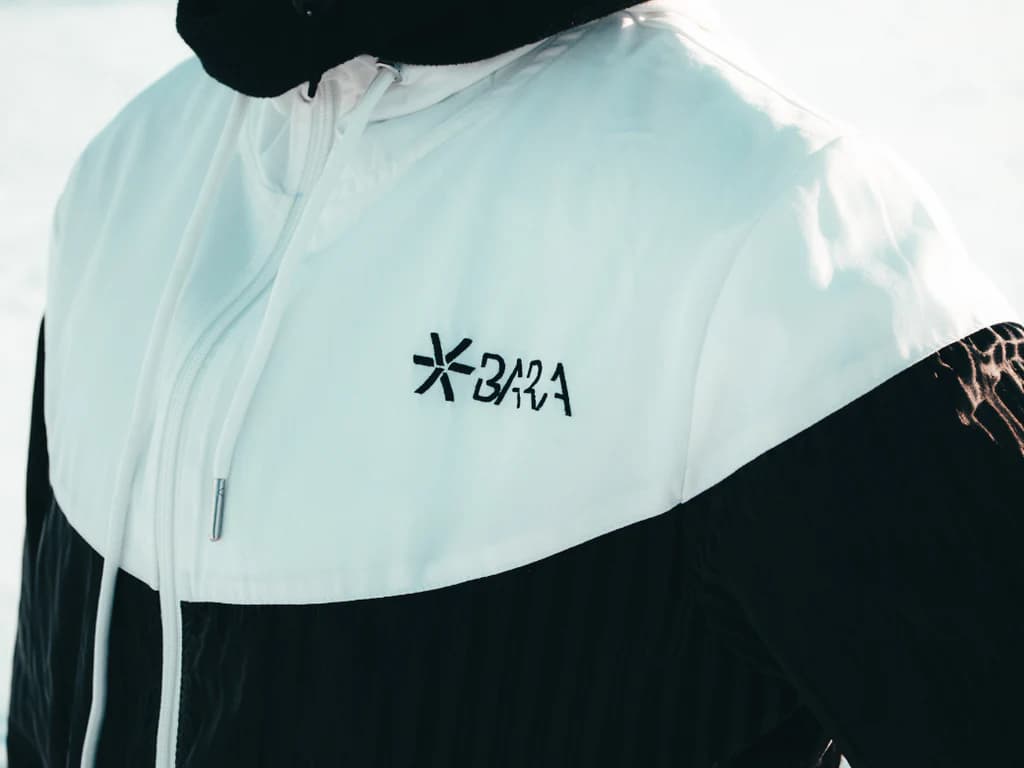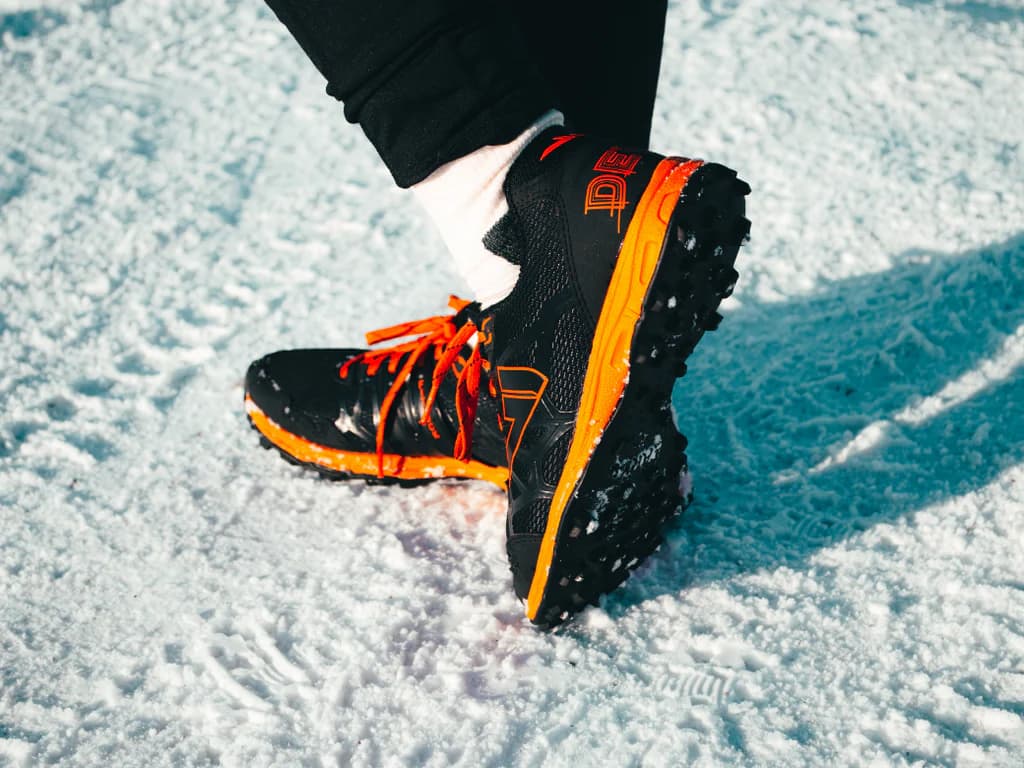Customer service
About us
Social links
Newsletter
Join BARA for special offers, information, inspiration, invitations and much more. Join us today!
By signing up to the BARA newsletter you agree to our Terms & Conditions and that you have read our Privacy Policy.
Current country:

Europe (EUR)

© 2025, BARA Sportswear
HOW TO DRESS FOR RUNNING IN COLD WEATHER – NORWEGIAN STYLE
Posted 10 Mar 2021
Here’s everything you need to know about running outdoors in cold weather, and how to dress properly.
«Det finnes ikke dårlig vær, bare dårlig klær.» is a norwegian saying. Directly translated it means something like this: «There is no such thing as bad weather, only poor choice of clothing.»
And I love that saying, because it’s very accurate and describes the Norwegian spirit – there is no excuse for not being outside!
I am aware that many of you don’t live above the Arctic Circle such as myself (hi, I’m Lisa by the way 🙋🏻♀️). But I do know that mother nature can be cruel across the globe, especially during the first months of the year. So, take advice from a Norwegian runner, who has experienced running in all four seasons – also the more extreme cold ones. I know a thing or two about dressing for running in cold, winter weather.
The good thing is, outdoor running and exercise is no problem as long as you're properly dressed. Getting a good Winter Tights/Thermal Tights is something to prioritize as it is pretty adaptable to many different weather types.

Winter Tights – a thermal tights for outdoor running
Our Winter Tights, also called Thermal Tights, is perfect for outdoor running and outdoor workouts. The Winter Tights has a 360 reflective print, a pocket to fit your phone and brushed inside for heat regulation to keep you warm on colder days. Designed to enhance performance, make you visible and warm.
The Winter Tights is of course non-see-through and 100 % squat proof!
Sizing: Choose your regular EU/Norway size.
Here are a few tips for outdoor running in cold weather:
Getting cold while working out can ruin a workout. That's why dressing accordingly to the weather is crucial. We got multiple options for dressing for cold weather: Jackets, Fleece, Winter Tights, Winter Long Sleeves, Hiking Pants and more.

The weather forecast can tell you a lot, but keep in mind that the temperature can feel different once you start moving. Is it just cold, or is it windy? Or perhaps it’s raining? Or all of the above? Getting dressed based on the weather forecast can make a huge difference in both comfort and performance.
The strength of the wind may make it feel colder than it actually is. In Norwegian, we call this «effektiv kulde» (“effective cold”, directly translated).
For example:
If you’re planning to go for a run on windy, cold days, try to run with the breeze on your way out and have the breeze at your back on your return. It’s best to avoid running into the wind when you are wet and sweaty because you’ll more easily start to chill. Clothing that is soaked in sweat can actually make the heat loss be 5 times faster.
Lastly, remember to cover your ears, hands, and feet. These zones are further away from your heart, which implies it requires more exertion to jump-start the system there, particularly when all the blood is being coordinated to your bigger muscles to control your run.


Now, let’s start with the basics on how to dress for running in cold weather: